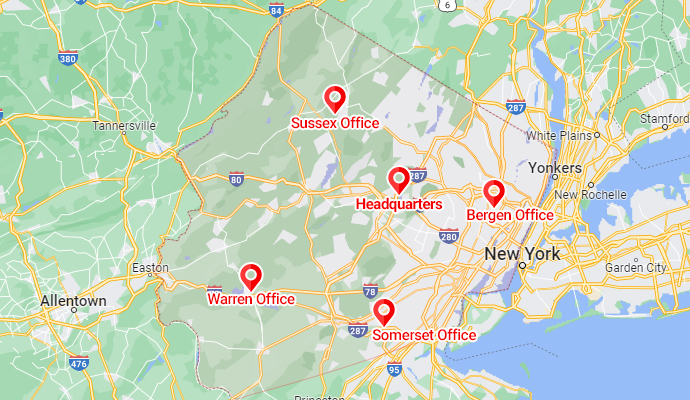What is Left in the Air in Your Home After a Fire?
Experiencing a fire in your home is a traumatic event, and even after the flames are extinguished, the aftermath poses significant challenges. Beyond the visible damage, the air in your home can be contaminated with numerous harmful substances. Understanding what lingers in the air after a fire is crucial for effective Fire Damage Restoration, Smoke Damage Cleanup, Soot Removal, and overall safety. This article explores the pollutants that remain in the air post-fire and the importance of comprehensive restoration processes, including Emergency Fire Restoration Services, Fire and Water Damage Repair, Fire Damage Assessment, and managing Insurance Claims for Fire Damage.
Smoke and Soot Particles
After a fire, smoke and soot particles are among the most common contaminants in the air. These fine particles can be inhaled deeply into the lungs, posing serious health risks.
- Smoke Damage Cleanup
- Smoke particles can remain suspended in the air for an extended period, causing respiratory issues and other health problems. Effective Smoke Damage Cleanup is essential to remove these particles from the air and surfaces.
- Soot Removal
- Soot is a black, powdery substance that results from the incomplete combustion of materials during a fire. It can settle on surfaces and become airborne again if disturbed. Comprehensive Soot Removal is necessary to eliminate this hazard and prevent further contamination.
Volatile Organic Compounds (VOCs)
Fires release a variety of chemicals into the air, including volatile organic compounds (VOCs). These chemicals can come from burning materials such as plastics, carpets, and furniture.
- Health Risks
- VOCs can cause short-term effects like headaches, dizziness, and respiratory irritation. Long-term exposure can lead to more severe health issues, including liver and kidney damage.
- Fire Damage Assessment
- A thorough Fire Damage Assessment should include air quality testing to identify the presence of VOCs and other harmful substances. This assessment helps in planning effective remediation strategies.
Carbon Monoxide
Carbon monoxide (CO) is a colorless, odorless gas that is highly toxic. Fires produce CO, which can linger in the air and pose serious health risks if not properly ventilated.
- Emergency Fire Restoration Services
- Professional Emergency Fire Restoration Services use specialized equipment to detect and remove carbon monoxide from the air, ensuring the safety of the occupants.
Mold Spores
In the aftermath of firefighting efforts, water used to extinguish the fire can lead to increased humidity and moisture levels, creating a breeding ground for mold.
- Fire and Water Damage Repair
- Addressing both fire and water damage is crucial. Effective drying and dehumidification prevent mold growth. Mold spores can become airborne, exacerbating respiratory issues and allergies.
- Cleaning and Sanitizing
- Thorough cleaning and sanitizing of affected areas, particularly in damp environments like bathrooms and around sinks and toilets, are essential to prevent mold proliferation.
Toxic Residues and Odors
Fires can leave behind toxic residues from burned materials, and persistent odors can be both unpleasant and harmful.
- Deodorizing
- Deodorizing processes are part of Smoke Damage Cleanup. Specialized equipment and techniques are used to neutralize and remove lingering odors.
- Insurance Claims for Fire Damage
- Proper documentation and remediation of these issues are vital for filing Insurance Claims for Fire Damage. Insurance companies often require proof that all toxic residues and odors have been effectively addressed.
Conclusion
Understanding the contaminants that remain in the air after a fire highlights the importance of comprehensive Fire Damage Restoration. Smoke and soot particles, VOCs, carbon monoxide, mold spores, and toxic residues all pose significant health risks if not properly managed. Utilizing professional services for Smoke Damage Cleanup, Soot Removal, and Fire and Water Damage Repair ensures that your home is thoroughly cleaned, sanitized, and safe for reoccupation. Additionally, thorough Fire Damage Assessment and effective management of Insurance Claims for Fire Damage are crucial steps in restoring your home and peace of mind after a fire.
At PDQ Restoration, we take pride in offering expert water and fire damage restoration services to homeowners in North Jersey. With numerous positive reviews on Google, we are highly regarded for our professionalism, efficiency, and dedication to customer satisfaction. Trust us to keep your home safe and structurally sound.

















